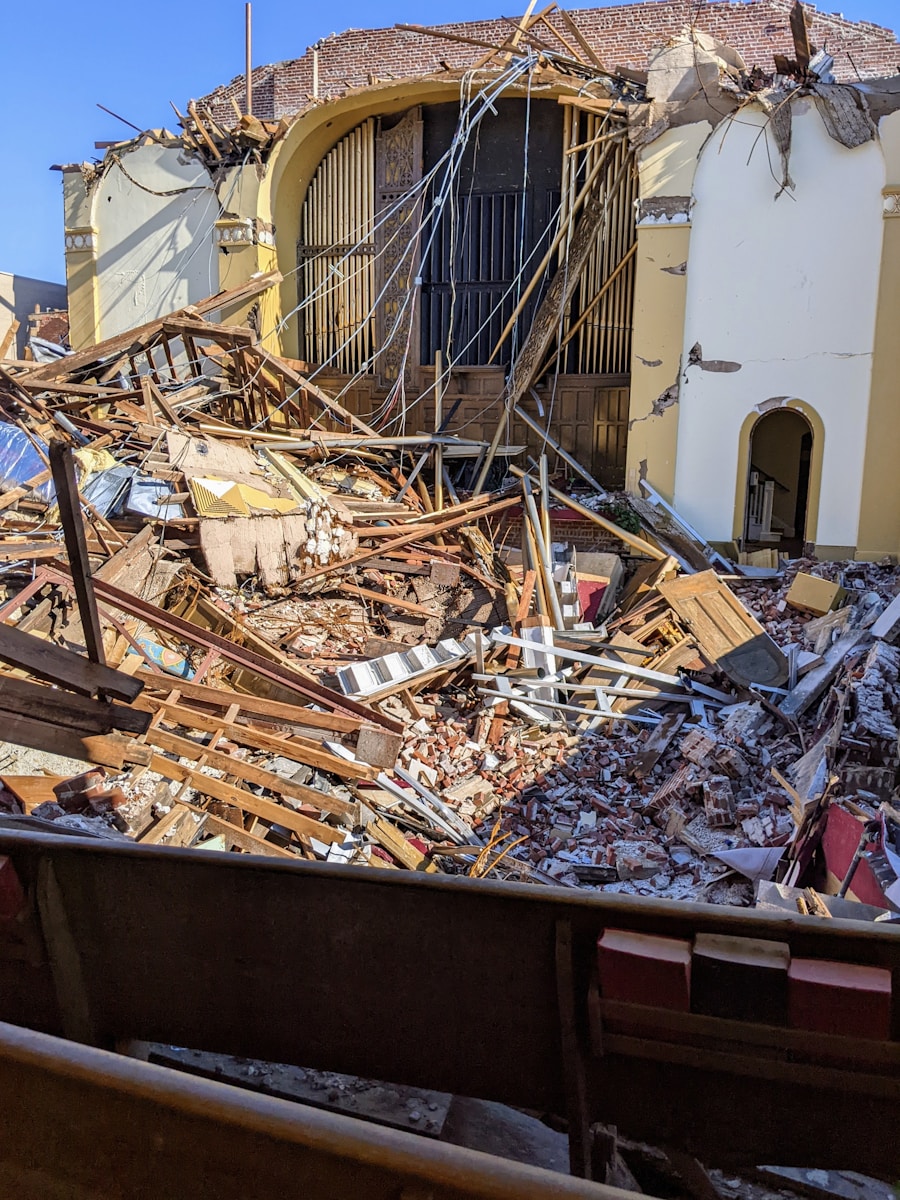
The Ethiopia church accident shocked the nation as a scaffolding collapsed during a religious festival, leaving at least 36 people dead and hundreds injured. This article explores 7 shocking aspects of the disaster and its impact on the local community, highlighting the urgent need for safety measures in construction and public gatherings.
The tragedy unfolded when the wooden scaffolding at the under-construction Manjar Shongura Church in Arerti suddenly gave way. Worshippers standing on multiple levels fell from heights, creating chaos and overwhelming emergency services. Eyewitnesses described screams and panic as people tried to rescue friends and family members from the wreckage. The incident serves as a harsh reminder of construction safety negligence in crowded events.
Reports indicate that at least 36 people lost their lives, including children and elderly participants. Over 200 others sustained injuries, ranging from fractures to critical conditions requiring immediate hospitalization. Local hospitals called for additional medical teams and emergency support from organizations such as the Red Cross to manage the influx of victims. The scale of casualties highlights the devastating effects of structural failures in public venues.
The Ethiopia church accident left the Arerti community in mourning. Families lost loved ones, and local residents were traumatized by witnessing such a catastrophic event. Community leaders are calling for thorough investigations to identify the causes of the collapse and prevent similar incidents in the future. The tragedy has ignited discussions about public safety and regulatory enforcement in religious and public structures across Ethiopia.
Following the Ethiopia church accident, local emergency teams rushed to the scene to provide immediate aid. Firefighters, paramedics, and volunteers worked tirelessly to extract trapped worshippers and transport the injured to nearby hospitals. The rapid mobilization of rescue efforts was crucial in saving lives, but the sheer number of casualties overwhelmed resources, highlighting the need for better preparedness during large public events.
The incident occurred during a significant religious festival, drawing large crowds to the Arerti church. Ethiopia church accident underscores the challenges of managing safety in traditional ceremonies, where structures are often temporary and heavily crowded. Cultural practices, combined with insufficient construction oversight, created conditions for this tragedy. Community and religious leaders are now urging stricter safety standards during celebrations to avoid future disasters.
The Ethiopian government has launched an official investigation into the Ethiopia church accident, aiming to determine the cause of the scaffolding collapse. Authorities are assessing construction permits, structural designs, and compliance with safety regulations. Officials have promised accountability and immediate reforms to prevent such incidents. The investigation also seeks to provide closure to grieving families and restore public confidence in safety measures for religious and community gatherings.
After the Ethiopia church accident, humanitarian organizations and local volunteers provided essential support to victims and their families. Relief efforts included distributing food, medical supplies, and temporary shelter for those affected. International aid groups also expressed solidarity, emphasizing the need for continued support for the injured and bereaved families in Arerti and surrounding areas.
Lessons from the scaffolding accident
The tragedy highlights the importance of proper construction practices and safety inspections. Authorities and civil engineers are reviewing building protocols to ensure scaffolding and temporary structures can withstand large crowds. For more insights on scaffolding safety standards, you can read the OSHA Scaffolding eTool guide, which provides best practices to prevent accidents during public gatherings. (osha.gov)
The Ethiopia church accident has sparked nationwide reflection on public safety during crowded events. Communities are urged to stay vigilant, report unsafe conditions, and prioritize the well-being of attendees. For related incidents and preventive measures, explore our article on public safety tips to enhance awareness and preparedness during large gatherings.